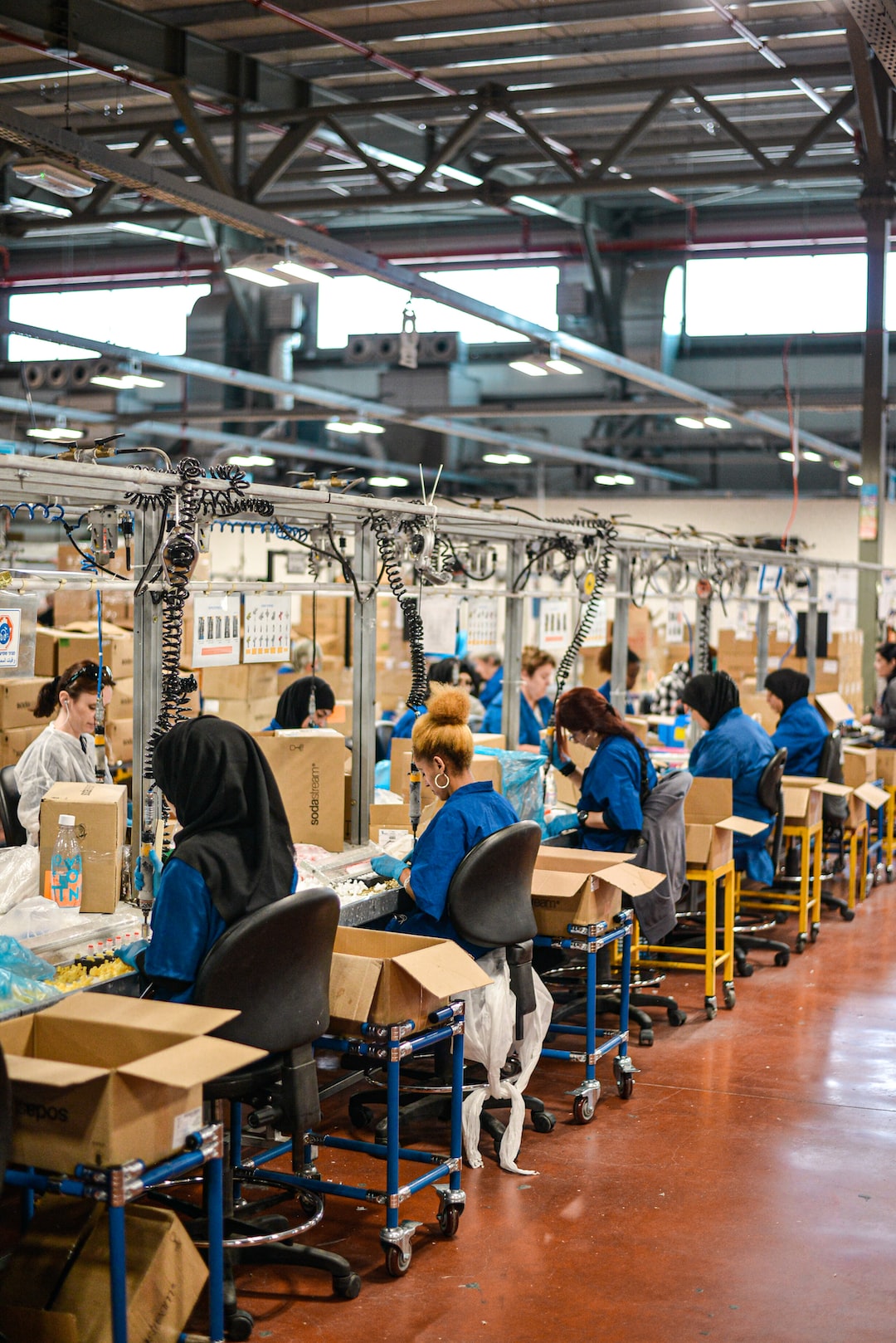Trends and Innovations in Additive Manufacturing
Additive manufacturing, also known as 3D printing, has revolutionized the manufacturing industry in recent years. This technology allows the creation of three-dimensional objects by layering materials on top of each other, as opposed to subtractive manufacturing techniques that involve cutting, drilling, or milling. With its ability to produce complex and customized designs quickly and cost-effectively, additive manufacturing has gained popularity across various sectors. In this blog post, we will explore the latest trends and innovations in additive manufacturing.
1. Industrial Applications
One of the significant trends in additive manufacturing is its application in various industrial sectors. The technology is not limited to producing small-scale prototypes but is increasingly being used in large-scale manufacturing as well. Industries such as automotive, aerospace, healthcare, and fashion are adopting additive manufacturing to produce functional and durable parts. For example, in the automotive industry, 3D printed components are being used in the production of vehicles, reducing weight and improving fuel efficiency.
2. Material Development
Another area of innovation in additive manufacturing is the development of new materials compatible with 3D printing technologies. Initially, additive manufacturing was limited to plastics and polymers, but now it encompasses a wide range of materials, including metals, ceramics, and even food products. This expansion of materials opens up opportunities for creating more diverse and complex objects. Researchers are continuously working on developing new materials that possess specific properties, such as strength, heat resistance, and electrical conductivity, to meet the requirements of different industries.
3. Hybrid Manufacturing
Hybrid manufacturing, also known as mixed manufacturing, combines both additive and subtractive manufacturing processes. This integration allows the benefits of both methods to be utilized, resulting in enhanced productivity and efficiency. In hybrid manufacturing, 3D printing is used to create complex geometries, while traditional subtractive techniques are employed to refine and finish the product. This approach is particularly useful in industries that require both precision and customization, such as aerospace and medical device manufacturing.
4. Automation and Robotics
As additive manufacturing continues to evolve, automation and robotics play a crucial role in speeding up the process and enhancing accuracy. Robotic arms equipped with 3D printing heads are being used to create large-scale objects with exceptional precision. Automation allows for continuous printing without human intervention, leading to increased production rates and reduced costs. Furthermore, robotic arms can perform post-processing tasks, such as sanding or painting, thereby streamlining the entire manufacturing process.
5. Sustainability and Circular Economy
With growing concerns about the environment, additive manufacturing offers a more sustainable alternative to traditional manufacturing methods. The ability to produce objects on-demand and in a localized manner reduces waste and eliminates the need for large-scale transportation. Additionally, additive manufacturing allows for the use of recycled materials, contributing to the circular economy by minimizing resource consumption and promoting reuse. As society becomes more focused on sustainability, additive manufacturing is poised to play a critical role in minimizing the environmental impact of manufacturing.
6. Bioprinting
One of the most exciting and promising applications of additive manufacturing is in the field of bioprinting. Bioprinting involves the layer-by-layer deposition of living cells to create three-dimensional tissues and organs. This technology has the potential to revolutionize healthcare by providing custom-made implants and even organs for transplantation. Researchers are also exploring the use of bioprinting in drug discovery and personalized medicine. While still in the experimental stage, bioprinting holds immense potential for improving patient care and transforming the medical industry.
In conclusion, additive manufacturing has come a long way and continues to drive innovation across multiple industries. The trends mentioned in this blog post, including industrial applications, material development, hybrid manufacturing, automation and robotics, sustainability, and bioprinting, highlight the ongoing advancements and endless possibilities of 3D printing. As this technology evolves, it will undoubtedly play a significant role in shaping the future of manufacturing and revolutionizing various sectors.


